
LOADING ...
In response to evolving domestic opinion, eMedals Inc has made the conscious decision to remove the presentation of German Third Reich historical artifacts from our online catalogue. For three decades, eMedals Inc has made an effort to preserve history in all its forms. As historians and researchers, we have managed sensitive articles and materials with the greatest of care and respect for their past and present social context. We acknowledge the growing sentiments put forth by the Canadian public and have taken proactive actions to address this opinion.
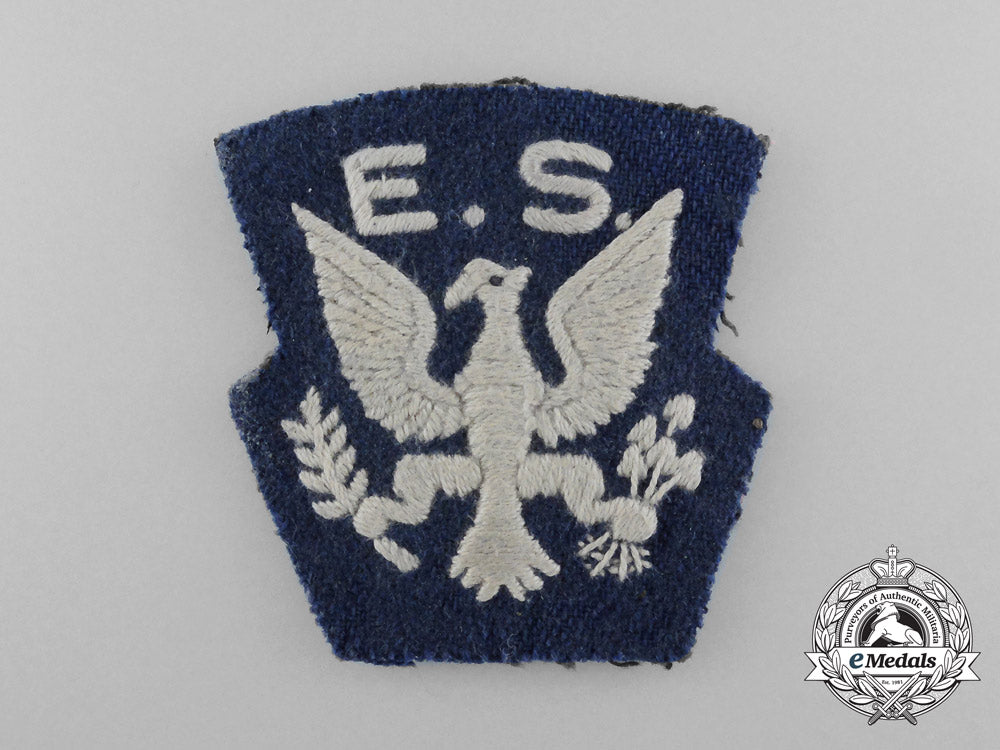
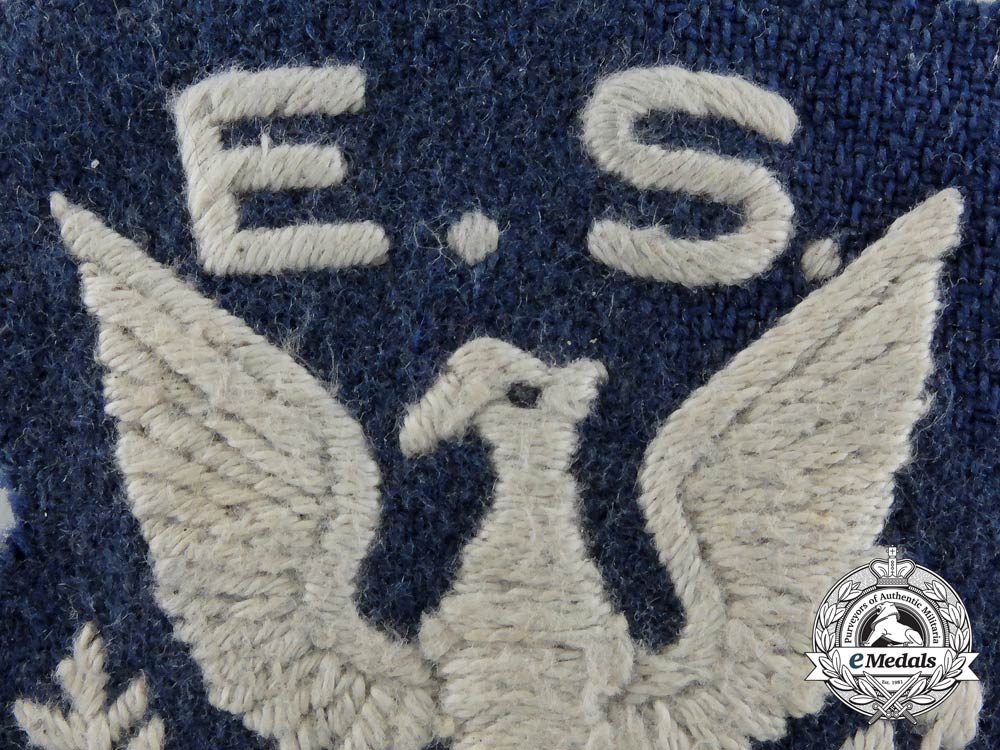
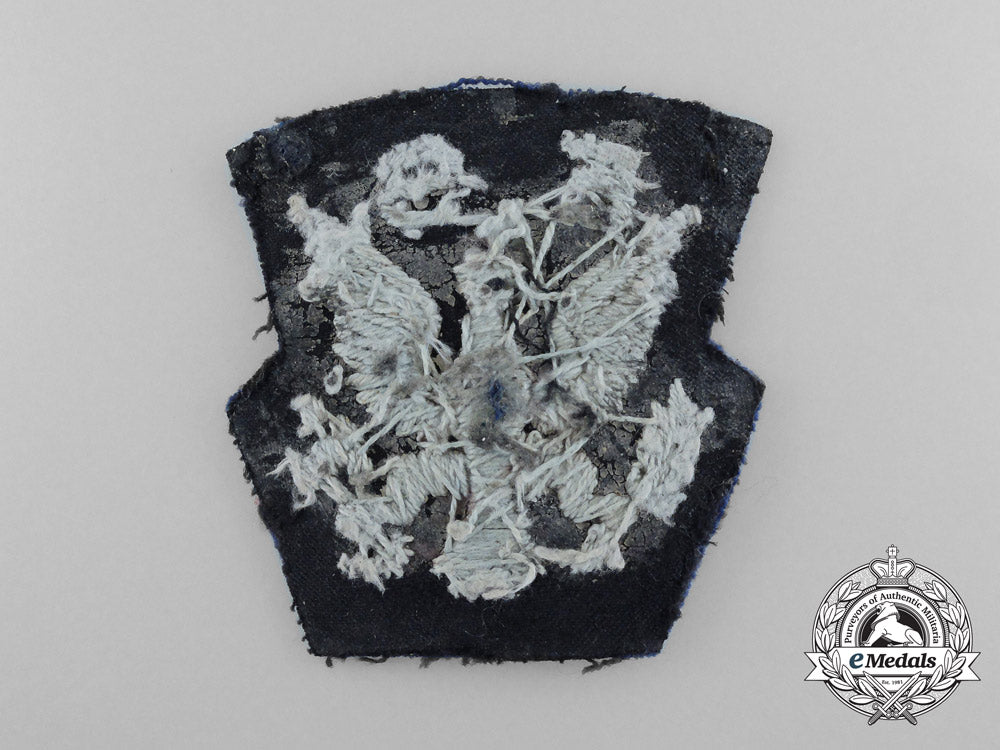
A Rare Second War Royal Air Force (Raf) Eagle Squadron Shoulder Patch
A Rare Second War Royal Air Force (Raf) Eagle Squadron Shoulder Patch
SKU: ITEM: GB6142
Current Bid:
Your Max Bid:
Bid History:
Time Remaining:
Couldn't load pickup availability
Shipping Details
Shipping Details
eMedals offers rapid domestic and international shipping. Orders received prior to 12:00pm (EST) will be shipped on the same business day.* Orders placed on Canadian Federal holidays will be dispatched the subsequent business day. Courier tracking numbers are provided for all shipments. All items purchased from eMedals can be returned for a full monetary refund or merchandise credit, providing the criteria presented in our Terms & Conditions are met. *Please note that the addition of a COA may impact dispatch time.
Shipping Details
eMedals offers rapid domestic and international shipping. Orders received prior to 12:00pm (EST) will be shipped on the same business day.* Orders placed on Canadian Federal holidays will be dispatched the subsequent business day. Courier tracking numbers are provided for all shipments. All items purchased from eMedals can be returned for a full monetary refund or merchandise credit, providing the criteria presented in our Terms & Conditions are met. *Please note that the addition of a COA may impact dispatch time.
Description
Description
White embroidered "E.S." (Eagle Squadron) above an American eagle, the eagle with a black embroidered eye, on a steel blue embroidered base, black cotton mesh backer, 73 mm x 77 mm, extremely fine.
Footnote: Under American law, it was illegal for United States citizens to join the armed forces of foreign nations. In doing so, they lost their citizenship, although Congress passed a blanket pardon in 1944. Even so, hundreds if not thousands of American citizens volunteered to fly with the Royal Air Force before America officially entered the war in December, 1941. Perhaps the most famous result of this were the Eagle Squadrons. In 1939, American mercenary Colonel Charles Sweeney had begun raising an American squadron to fight in Europe, much as the Lafayette Escadrille had during the First World War. Initially he wanted them to fight in Finland against the Soviets, but his attention soon moved to France. Recruited and financed by Sweeney, over thirty Americans made their way to France before the Germans invaded in May 1940. None got to fly in France, but several made their way to Britain. In Britain, Sweeney's nephew, also called Charles, had already been busy. He had formed a Home Guard unit from Americans living in London, and was keen on the idea of American squadrons in the Royal Air Force. He took the idea to the Air Ministry, and in July 1940, they agreed that the handful of Americans already serving in the RAF, plus any new recruits, would be formed into their own national units, to be known as Eagle Squadrons. The first, No.71 Squadron, was formed in September, followed by Nos.121 and 133 Squadrons over the next twelve months. By this time the Sweeney's had recruited around 50 pilots, and arranged and paid for them to be smuggled to Canada and then make their way to Britain. At this point, they handed responsibility over to the Clayton Knight Committee. This Committee, working like the Sweeney's against American law, had been formed in September 1939, to recruit Americans for the RAF. It had been founded by Air Vice-Marshall Billy Bishop VC, a Canadian First World War veteran, and was run by an American First World War veteran, Clayton Knight. The Clayton Knight Committee, working largely in secret, recruited nearly 7,000 American citizens for the RAF or Royal Canadian Air Force, and then arranged for their transportation to Canada. Nearly 250 went on to serve with the Eagle Squadrons. In December 1941, the United States of America entered the war, and the Clayton Knight Committee ceased its operations.
Description
White embroidered "E.S." (Eagle Squadron) above an American eagle, the eagle with a black embroidered eye, on a steel blue embroidered base, black cotton mesh backer, 73 mm x 77 mm, extremely fine.
Footnote: Under American law, it was illegal for United States citizens to join the armed forces of foreign nations. In doing so, they lost their citizenship, although Congress passed a blanket pardon in 1944. Even so, hundreds if not thousands of American citizens volunteered to fly with the Royal Air Force before America officially entered the war in December, 1941. Perhaps the most famous result of this were the Eagle Squadrons. In 1939, American mercenary Colonel Charles Sweeney had begun raising an American squadron to fight in Europe, much as the Lafayette Escadrille had during the First World War. Initially he wanted them to fight in Finland against the Soviets, but his attention soon moved to France. Recruited and financed by Sweeney, over thirty Americans made their way to France before the Germans invaded in May 1940. None got to fly in France, but several made their way to Britain. In Britain, Sweeney's nephew, also called Charles, had already been busy. He had formed a Home Guard unit from Americans living in London, and was keen on the idea of American squadrons in the Royal Air Force. He took the idea to the Air Ministry, and in July 1940, they agreed that the handful of Americans already serving in the RAF, plus any new recruits, would be formed into their own national units, to be known as Eagle Squadrons. The first, No.71 Squadron, was formed in September, followed by Nos.121 and 133 Squadrons over the next twelve months. By this time the Sweeney's had recruited around 50 pilots, and arranged and paid for them to be smuggled to Canada and then make their way to Britain. At this point, they handed responsibility over to the Clayton Knight Committee. This Committee, working like the Sweeney's against American law, had been formed in September 1939, to recruit Americans for the RAF. It had been founded by Air Vice-Marshall Billy Bishop VC, a Canadian First World War veteran, and was run by an American First World War veteran, Clayton Knight. The Clayton Knight Committee, working largely in secret, recruited nearly 7,000 American citizens for the RAF or Royal Canadian Air Force, and then arranged for their transportation to Canada. Nearly 250 went on to serve with the Eagle Squadrons. In December 1941, the United States of America entered the war, and the Clayton Knight Committee ceased its operations.
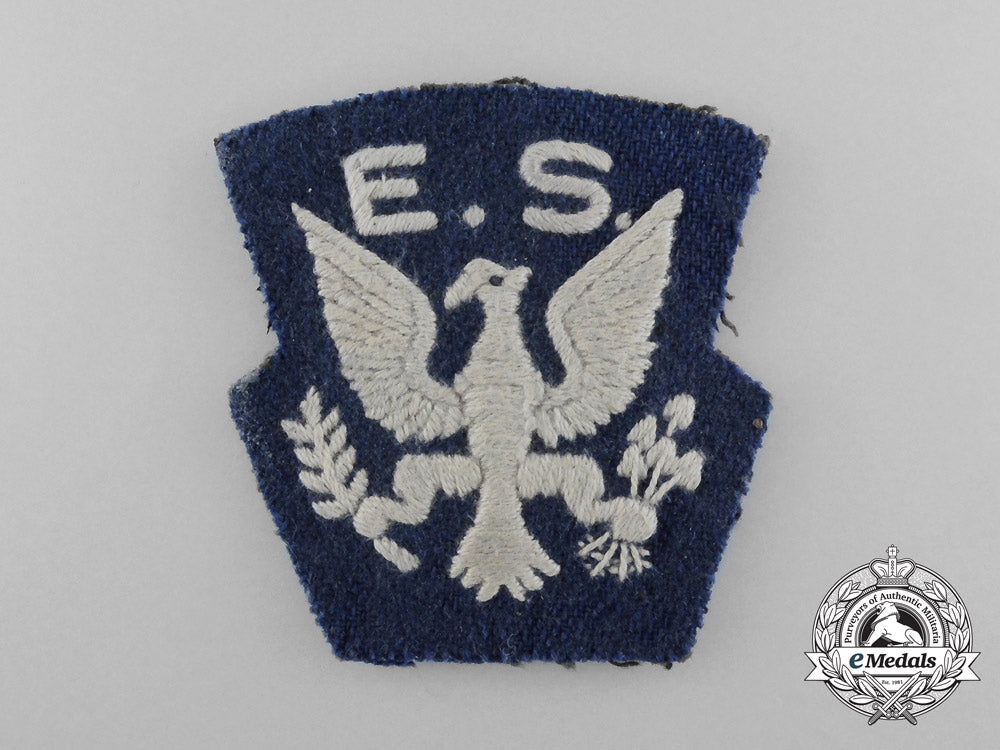
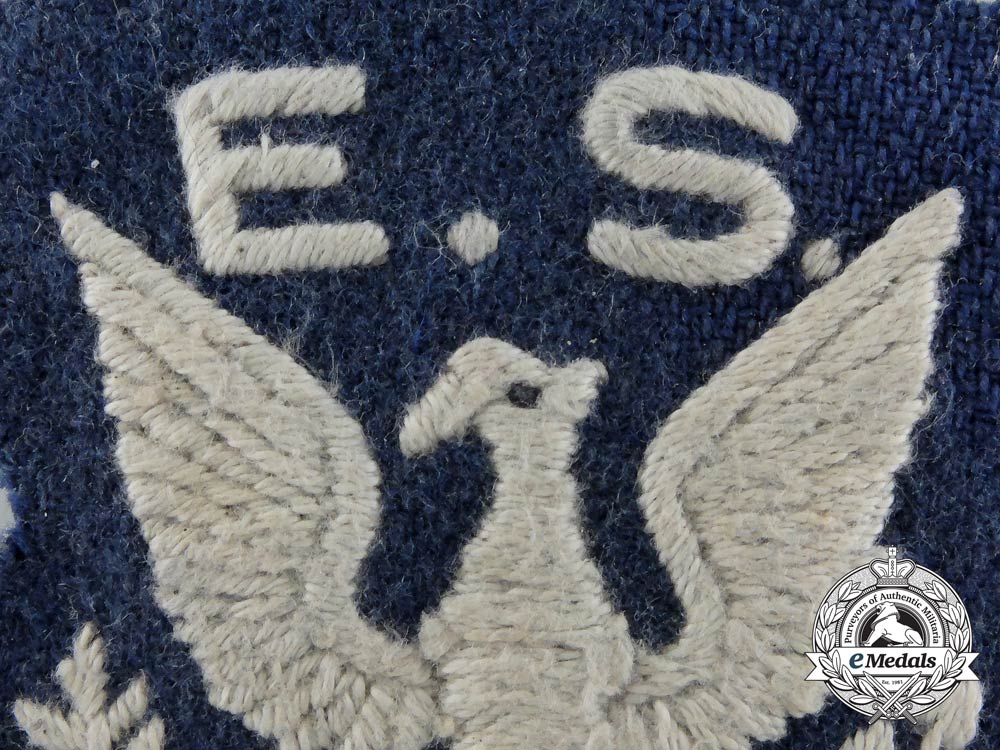
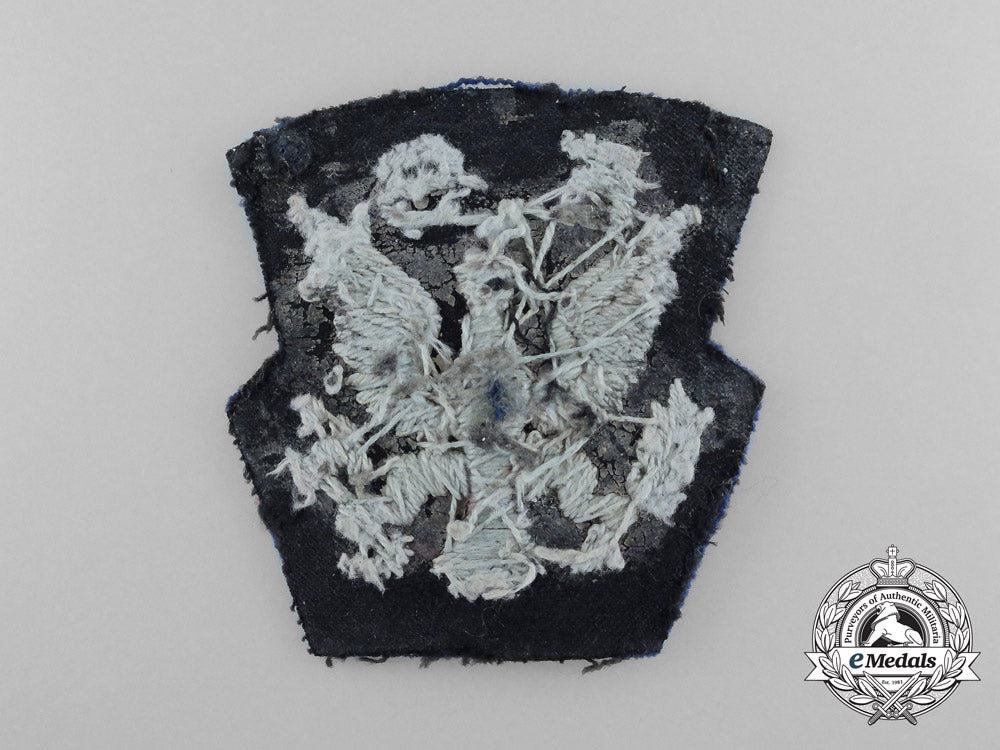
You May Also Like
Japan, Manchuko Period. An Order of the Pillars of the State, VIII Class
W7374
Italy, Kingdom. An Order of the Crown, Commander in Gold, c.1900
EU23416
Germany, Federal Republic. A Knight’s Cross of the Iron Cross, Exhibition Example by Steinhauer & Lück, c. 1960
G59083
Germany, Wehrmacht. A Pair of Service Awards for Second World War Combatants
G59071
Germany, Heer. An Officer’s Breast Eagle
G59057
-
Japan, Manchuko Period. An Order of the Pillars of the State, VIII Class
W7374
Add to CartRegular price $400 USDRegular price $0 USD Sale price $400 USDUnit price / per -
Italy, Kingdom. An Order of the Crown, Commander in Gold, c.1900
EU23416
Add to CartRegular price $400 USDRegular price $0 USD Sale price $400 USDUnit price / per -
Germany, Federal Republic. A Knight’s Cross of the Iron Cross, Exhibition Example by Steinhauer & Lück, c. 1960
G59083
Add to CartRegular price $1,350 USDRegular price $0 USD Sale price $1,350 USDUnit price / per -
Germany, Wehrmacht. A Pair of Service Awards for Second World War Combatants
G59071
Add to CartRegular price $200 USDRegular price $0 USD Sale price $200 USDUnit price / per -
Germany, Heer. An Officer’s Breast Eagle
G59057
Add to CartRegular price $120 USDRegular price $0 USD Sale price $120 USDUnit price / per
Do you have a similar item you are interested in selling?
Please complete the form and our client care representatives will contact you.
Sell Item










